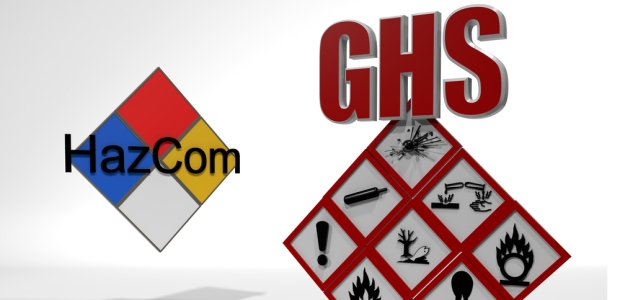
Using Chemical Management Software to Improve Communications and Prevent Incidents
Knowing exactly what employees are assigned to do can help break down any communication barriers.
- By John Kincaid
- Jul 01, 2018
Job safety is a crucial factor for employees in any industry—particularly for those who work in high-risk activities. For many who work with hazardous materials, safety is something that can’t be taken for granted. In a field such as chemical management, communication is important to maintain a safe, healthy, and sustainable workplace environment. And communication isn't limited to just verbal interactions; properly training employees and affirming your workers understand legal guidelines is just as vital.
These guidelines include those developed by the Occupational Safety and Health Administration (OSHA). Creating a set of standards with the Hazard Communication Standard in 2013, OSHA enacted guidelines to make information not only more widely available, but also homogenous. Safety Data Sheets (SDS) were standardized to a single format, while new pictures and labels were also made mandatory for chemical specification.
Hazard Communication, or HazCom, has also been keeping workers safe through the process of simple and easily understood communications. This means that chemicals are to be labeled with appropriate safety warnings, as well as information regarding their contents and potential danger.
Yet, even with these guidelines to keep workers safe, communication still proves to be an issue in this field. While proper training is necessary from the Hazard Communication Standard, unclear directions can still occur while assigning tasks and a lack of monitoring can cause potential issues. This was the issue with California State University, where employees and students handling chemicals were exposed to harmful materials. Unfortunately, problems like this are magnified when working with larger teams of employees who handle more dangerous chemicals on a daily basis—and results can be deadly.
Companies Turn to Digitized Solutions
In November of 2017, a disastrous explosion and fire erupted in a cosmetics factory, injuring 30 and killing one. While exact causes are unknown, it is believed that the facility had been breaking guidelines set by OSHA, because it had multiple citations in the past five years of operation. Inventory management as well as employee safety and communication had been lacking and resulted in fines for the company and could have been the cause of the unfortunate tragedy that resulted.
To avoid workplace injury and disaster, more companies in this industry are turning to digitized chemical management solutions. With this comprehensive technology, all hazard communications are made available through a single repository, and the most up-to-date SDSs can be instantly accessed wherever you are. Investing in a digital system allows you to keep track of communications and compliance. SDS systems are beneficial for a variety of reasons, including saving time and money and creating better sustainability initiatives within a company.
Chemical management software enables companies to stay up to date with labeling obligations and other hazard communication regulations. Updated labeling and SDSs mean that your employees can continue to stay compliant, as well as safe.
In addition, chemical management software can help open communications between employees with customized task assigning. Knowing exactly what employees are assigned to do can help break down any communication barriers. And with task assignment software, you can even track the progress of any given project from beginning to completion.
Furthermore, bringing this technology to mobile devices can enable chemical management anywhere and at any time, with features such as Quick Response Code technology and offline capabilities. Integrating mobile into your company workflow connects you with your employees and gives them the power to make teamwide contributions wherever their work takes them.
Keeping your employees safe at work can be challenging, especially when working with dangerous chemicals. But following guidelines, staying compliant, and having open and clear communications with your workers though chemical management technology not only makes that job easier, but also keeps your staff members secure.
This article originally appeared in the July 2018 issue of Occupational Health & Safety.
About the Author
John Kincaid is a Gensuite Content Marketing Associate.